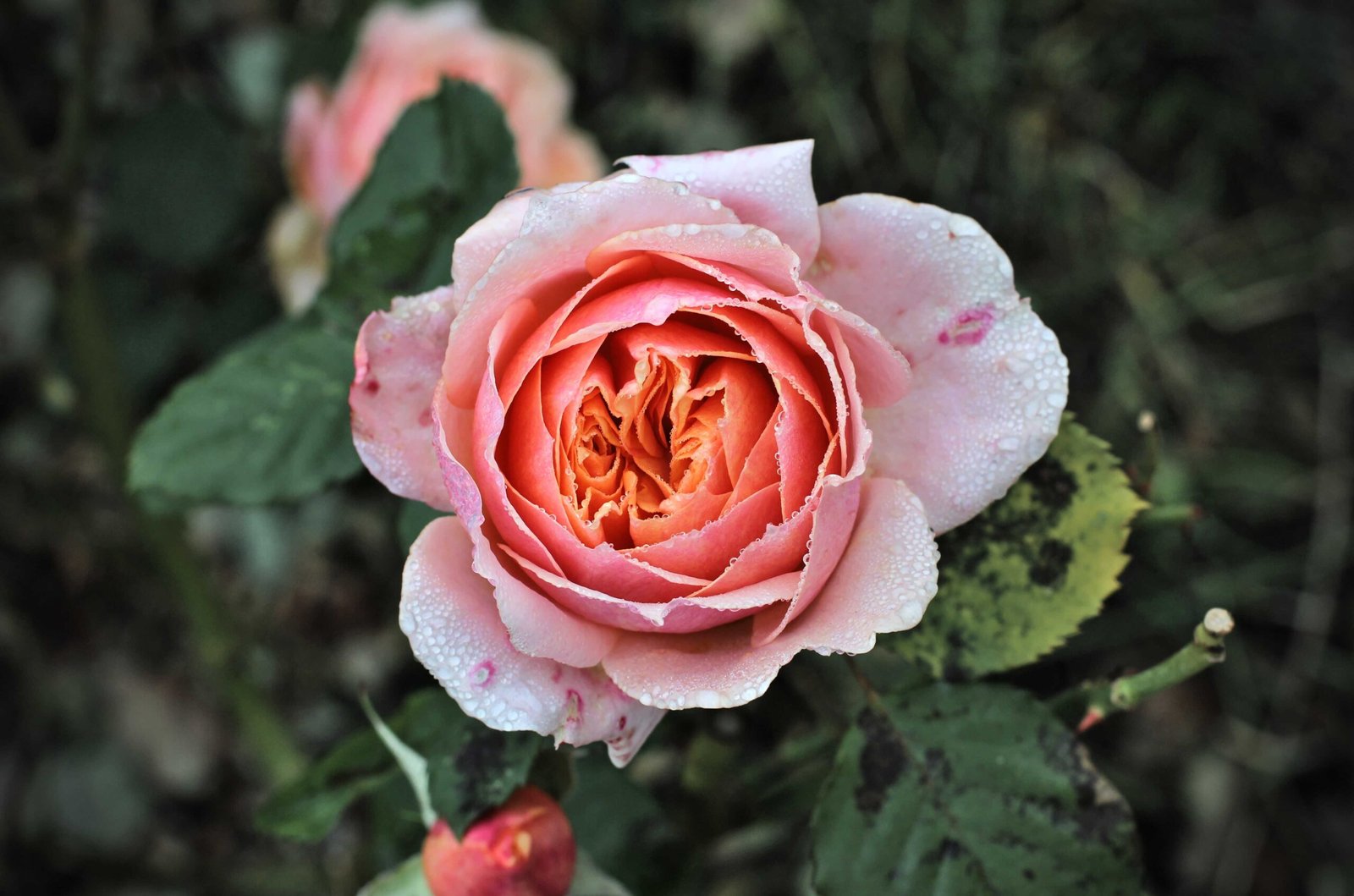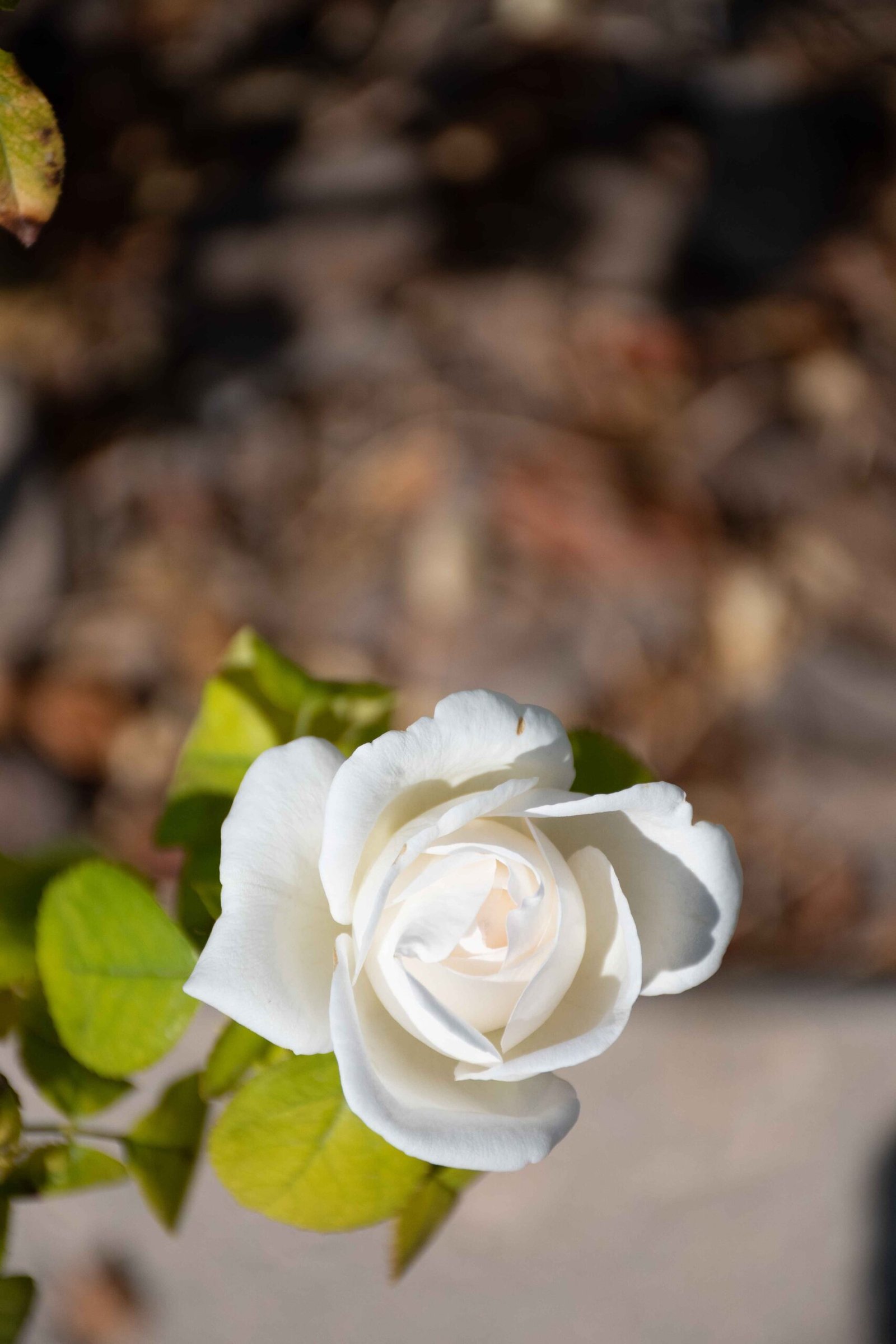Ideal Soil Types and pH Levels for Planting Rose Cuttings

For optimal growth of rose cuttings, the soil should have the following characteristics:
- pH Level: Roses prefer a slightly acidic to neutral soil pH, ranging from 6.0 to 7.0, with an ideal pH of around 6.5[2][4][5].
- Soil Texture: A loamy soil that drains well but retains moisture is ideal. A mix of one-third clay, one-third coarse sand, and one-third decomposed organic matter is recommended[3][4].
- Amendments: To achieve the right pH and texture, you may need to add lime to reduce acidity or sulfur/aluminum sulfate to reduce alkalinity. Organic matter such as compost, alfalfa meal, or kelp meal can also be added to enrich the soil[3][4][5].
What is the Ideal Length for Rose Cuttings?

Cuttings should be 6-12 inches long, taken from the current season’s growth. Ideally, they should have at least three nodes (the small, swollen areas on the stem from which leaves and roots can grow)[3].
How to Prepare Rose Cuttings for Planting?
- Node Placement: Make the cut just above a node, using a sharp, clean knife or pruning tool. Remove lower leaves, leaving only two or three sets of leaves at the top of the cutting[3].
- Rooting Hormone: Apply a rooting hormone to the cut end of the stem to enhance root development. This can be in the form of a powder or liquid[3].
How to Water and Provide Sunlight for Newly Planted Rose Cuttings?
- Watering: Keep the soil consistently moist but not waterlogged. Water gently but thoroughly after planting, and ensure the soil does not dry out completely. Reduce watering once roots have developed[2][3].
- Sunlight: Provide partial shade to full sun, depending on the climate. In warmer climates, some afternoon shade can be beneficial. Generally, roses need at least 6 hours of direct sunlight per day[5].
What are the Common Challenges and Solutions When Planting Rose Cuttings?
- Pests: Common pests include aphids, whiteflies, and spider mites. Use organic or chemical pest control methods as needed, and ensure good air circulation around the plants[2].
- Diseases: Fungal diseases like black spot and powdery mildew can occur. Maintain good hygiene, remove infected leaves, and use fungicides if necessary. Also, ensure the soil is well-drained to prevent root rot[2][3].
- Environmental Conditions: Extreme temperatures, drought, and overwatering can be detrimental. Mulch around the plants to retain moisture and regulate soil temperature. Protect the plants from frost if you are in a colder zone[1][3][5].
Reference:
- The Spruce: [Preparing Garden Soil for Growing Roses][2]
- Gardening Know How: [Rose Soil Preparation: Tips For Building Rose Garden Soil][3]
- Ask Extension: [Soil test report – how to adjust for roses #791456][5]
